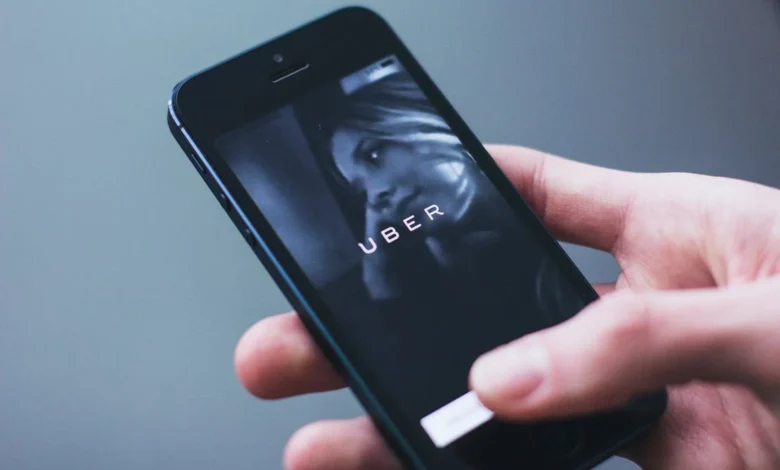Advocating for Stronger Safety Measures in Rideshare Apps

You book an Uber or Lyft for your daily commute because these apps seem highly regulated. You believe in their claims of user safety and premium experience; and more often than not, they do provide these benefits.
However, in recent years, Uber has started taking its user base of women for granted. Inadequate driver background checks, improper sensitization, and careless mitigation measures have called for numerous lawsuits against the giant.
Women do not feel safe with Uber drivers anymore. If you are a woman who depends on ride sharing cab services then this post is for you. Here, we will highlight some important parameters these apps should cater to, for a rider’s safety.
Contents
Women Safety
According to TorHoerman Law, there were nearly 10,000 reports of sexual assault targeting Uber between 2017 and 2020. Women are concerned about their safety, not because they wish to avoid becoming victims of crime. It is because they are aware that if they do get attacked, they may face questions that seem to justify the attackers, even from the police.
How can any woman feel at ease when bombarded with questions like, “May I ask about your attire?” or, “How much did you consume? What were you doing out so late? Why were you walking by yourself?”
It would not be an exaggeration to say that women ponder these questions on a daily basis—during every drink, every night out, and every ride home.
But, is not this the precise reason, women started using cab services like Uber?
The Current Environment of Allegations Against Uber
Uber has faced ongoing scrutiny for its handling of numerous reported assaults by drivers. The plaintiffs allege that the company did not perform thorough background checks on its drivers. In addition, they also criticize the ride-sharing company for not implementing safety measures, such as requiring the installation of cameras in vehicles.
Most of the Uber sexual assault lawsuits argue that the company is well aware of these incidents. As reported in a 2022 edition of CNN Business, Uber has acknowledged more than 1000 incidents of sexual assault in its safety report. Nevertheless, the slow progress of the legal proceedings is worrisome.
Uber’s dismissive demeanor is evident in its request to have the phrase “sexual assault” omitted from the charges. According to the company, the phrase implied a presumption of guilt regarding ongoing investigations in California federal litigation.
The company wants concrete proof of whether individual Uber passengers were indeed sexually assaulted and, if so, whether Uber be held responsible.
It’s time for companies like Uber to wake up. It is high time they put the money where their mouth is and implement some serious changes to protect passengers from sexual assault.
Driver Screening
First things first, Uber should prioritize improving their background checks and driver screening process. And we’re not discussing any mediocre, minimal effort here. We want thorough criminal background checks that leave no detail overlooked. It is about databases at the federal, state, and local levels!
But background checks alone aren’t enough. These companies should also monitor their drivers’ conduct while on the job for any new offenses.
Also, ride-share apps should conduct in-person interviews with potential candidates. This will help get a better sense of who the prospects are in reality and how they conduct themselves.
Furthermore, these personality checks should follow as the first line of screening. Post that, all drivers should undergo compulsory safety training programs that cover everything from sexual harassment prevention to de-escalation techniques.
In-App Emergency Features
No one can guarantee that human behavior will remain the same throughout. No employer will know about all personal triggers of drivers, if any, that may throw them off-guard.
Hence, ride sharing apps need to have in-app emergency buttons that allow passengers to discreetly alert local authorities and trusted contacts if they feel unsafe. And, these features need to be easily accessible in case of an emergency.
Uber, for example, does have an emergency feature, but the key lies in prompt response at their end. Its feature automatically alerts Uber officials if the car is stationary for over 5 minutes before the destination is reached. However, immediate action isn’t Uber’s forte.
Every second counts in an emergency, and this feature could be the difference between life and death.
Supporting Survivors
It is crucial for ride-share companies to take responsibility and provide support to survivors of sexual assault. They need to have well-defined and easily accessible reporting systems in place. This should be complemented with specialized teams that are trained to handle these sensitive reports.
Furthermore, Uber should consider forming partnerships with local organizations that offer essential legal and emotional support services to survivors.
But supporting survivors isn’t enough – ride-share companies need to be transparent about the steps they’re taking to address sexual assault. Regular safety audits should be conducted to identify areas for improvement, and it is important to publicly share data on the number and nature of reported assaults. Passengers should be informed about the measures taken to ensure their safety.
It’s time for ride-share apps to take sexual assault seriously and implement these crucial safety measures. The lives and well-being of passengers depend on it.



